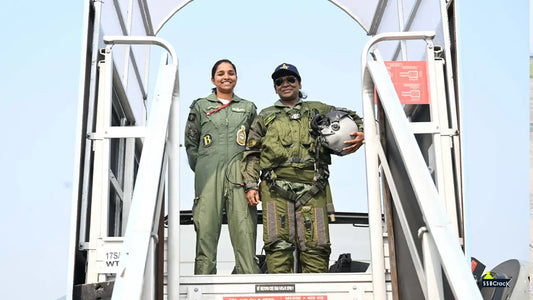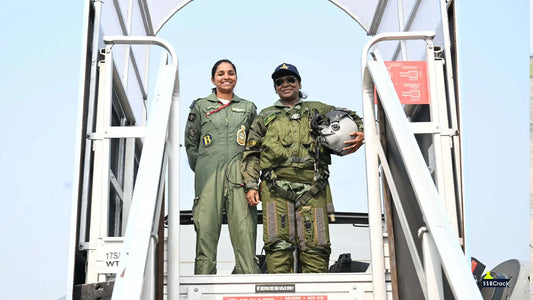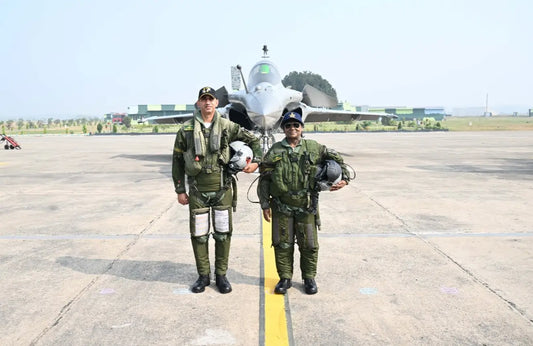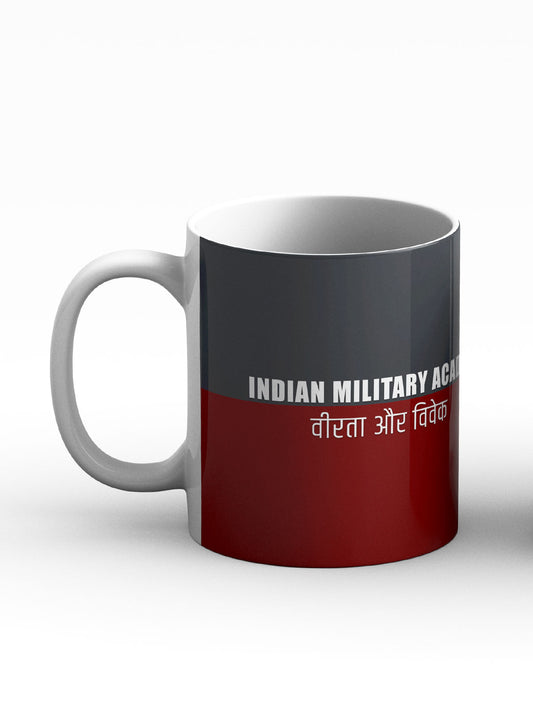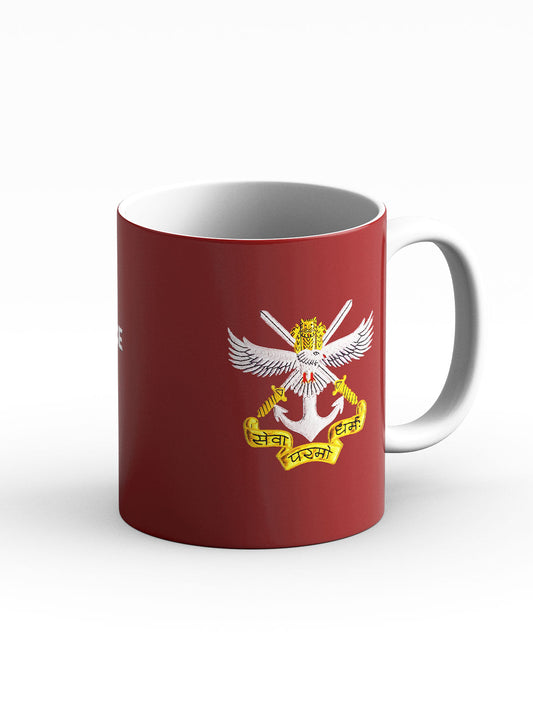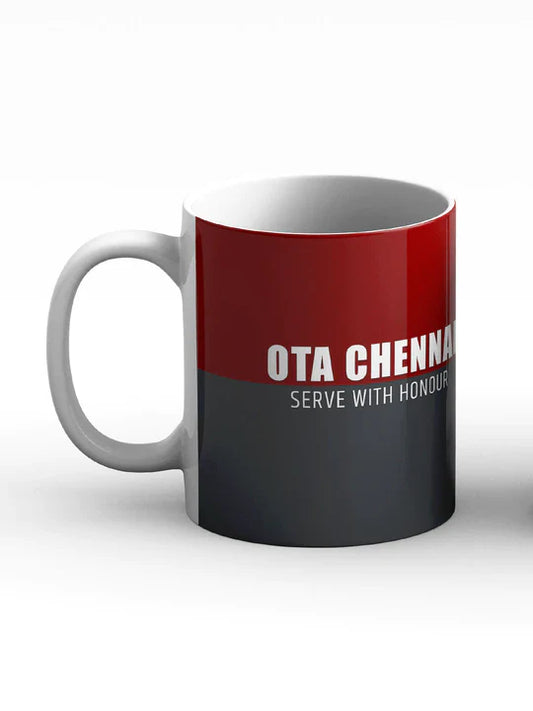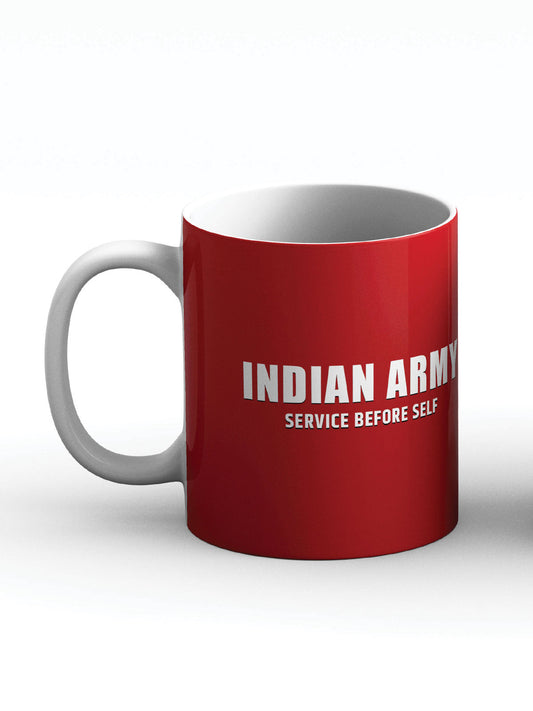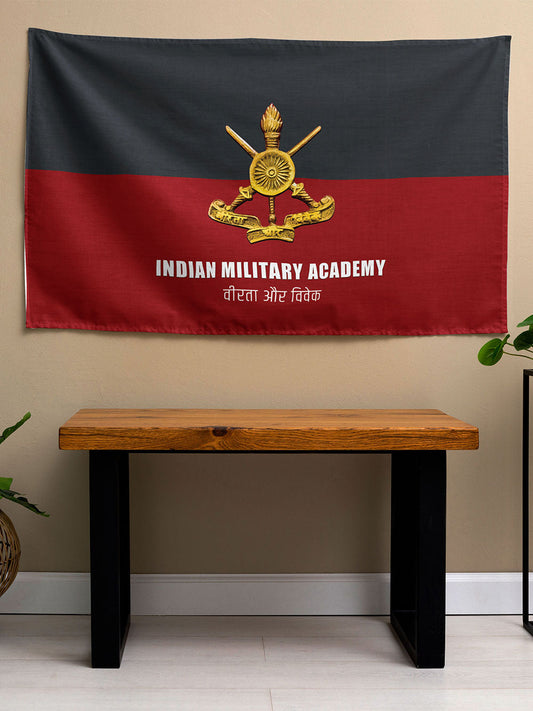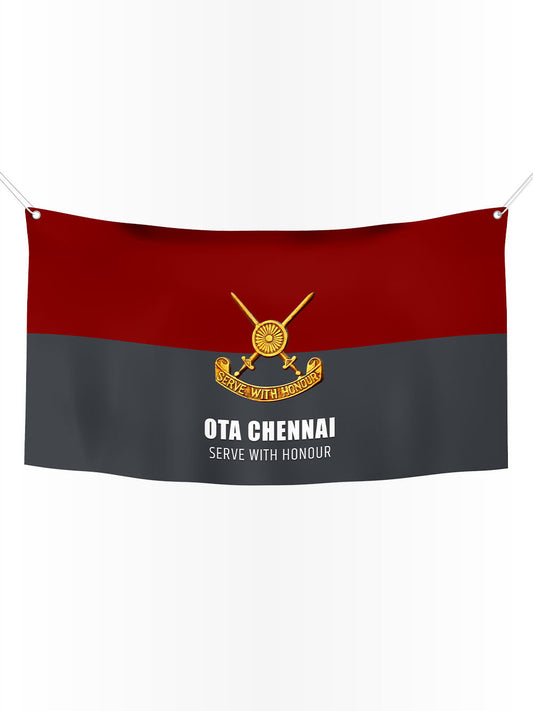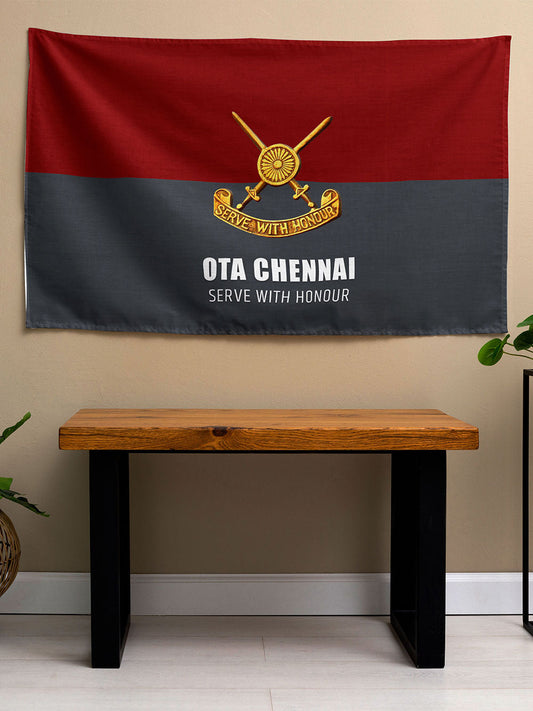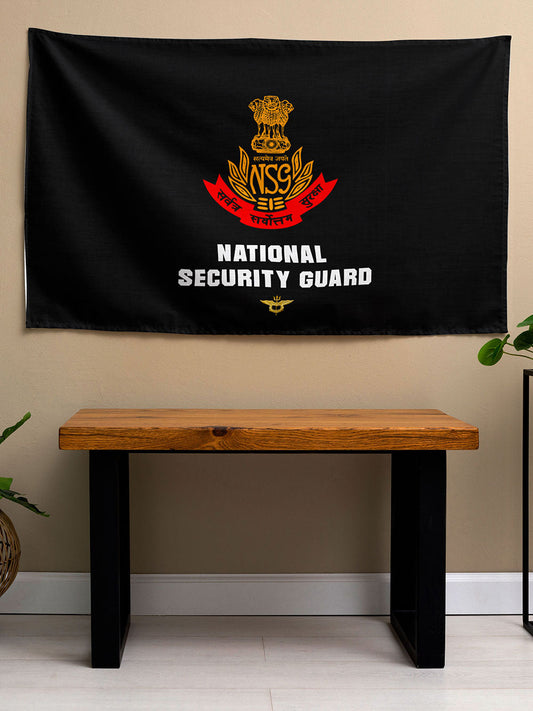Private Aerospace Companies Question Bias in AMCA Prototype Bidding Process
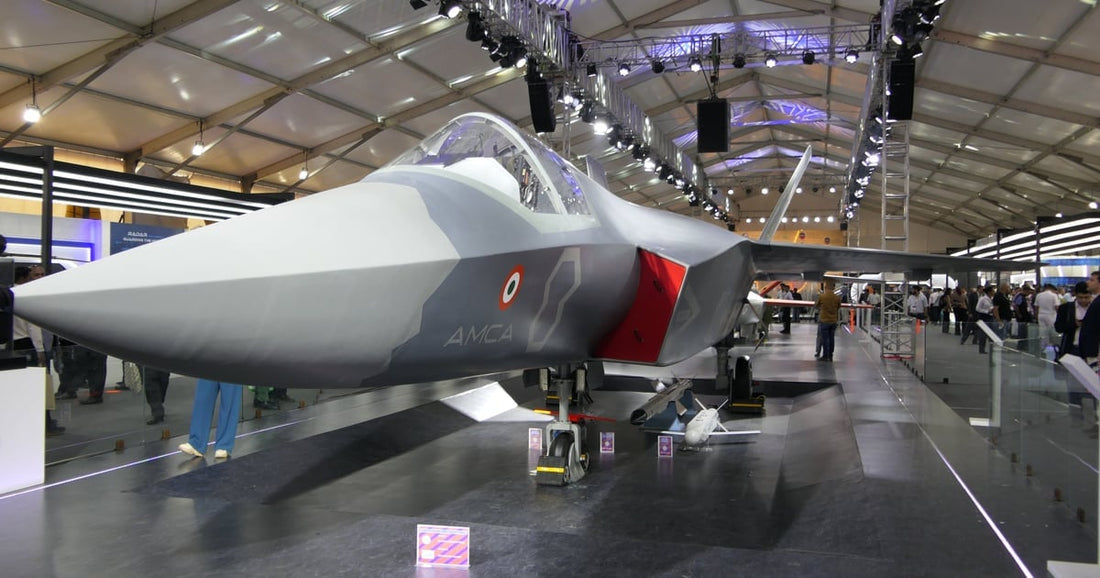
Private aerospace companies have voiced concerns about the bidding process for India's Advanced Medium Combat Aircraft (AMCA) prototype development, suggesting that it strongly favors the state-owned Hindustan Aeronautics Limited (HAL). This comes just before a key pre-Expression of Interest (EOI) meeting set for Friday.
The EOI, issued by the Aeronautical Development Agency (ADA) on June 18, marked a significant shift in India's defense procurement strategy. For the first time, HAL is required to compete alongside private companies to secure the contract for manufacturing the country's fifth-generation fighter jet. The Ministry of Defence had previously stated that both public and private sector entities could submit bids independently or form joint ventures or consortia.
However, private sector representatives argue that the eligibility criteria and scoring system outlined in the EOI are designed in a way that heavily benefits HAL. Industry insiders claim that although the process aims to promote local participation, it restricts genuine private sector involvement.
A major issue is the stipulation that any Indian bidding entity, whether operating alone or as part of a joint venture, must be fully owned and managed by resident Indian citizens. This clause effectively excludes collaborations with foreign Original Equipment Manufacturers (OEMs), which many private Indian aerospace companies rely on for essential expertise in advanced fighter production.
Furthermore, the EOI specifies that all key managerial roles, including CEO, CFO, and the entire board of directors, must be filled by Indian citizens living in India. This condition prevents private companies from employing foreign experts in leadership positions, a common strategy in the aerospace industry to benefit from international experience.
The financial criteria have also been questioned. To be eligible, a lead firm must have had an annual turnover of at least ₹2,000 crore over the past three financial years, while secondary partners in a joint venture need to show at least ₹200 crore annually. Currently, HAL is the only Indian aerospace company that meets these financial requirements.
In scenarios involving joint ventures or consortia, the EOI restricts the lead partner's ownership to a maximum of 50 percent and limits the total number of participants to three, which further constrains the private sector's ability to form effective partnerships.
Industry experts claim that the detailed scoring system for evaluating bids seems to favor HAL, either as a sole bidder or in collaboration with smaller private firms, thereby solidifying HAL's status as the primary integrator.
One executive from the private sector commented that the process seems to revert to the original internal plan: HAL would lead AMCA production, with private firms subcontracted for specific components like wings and fuselage. "Despite the EOI claiming to offer equal opportunity, HAL remains the only viable competitor under these conditions," the executive noted.
The AMCA project is India's most ambitious indigenous fighter jet initiative, intended to address critical technological deficiencies in air power and reduce dependence on foreign platforms. However, the current EOI framework has reignited debate over the future role of private enterprise in India's defense sector, particularly in high-value, strategic endeavors.
